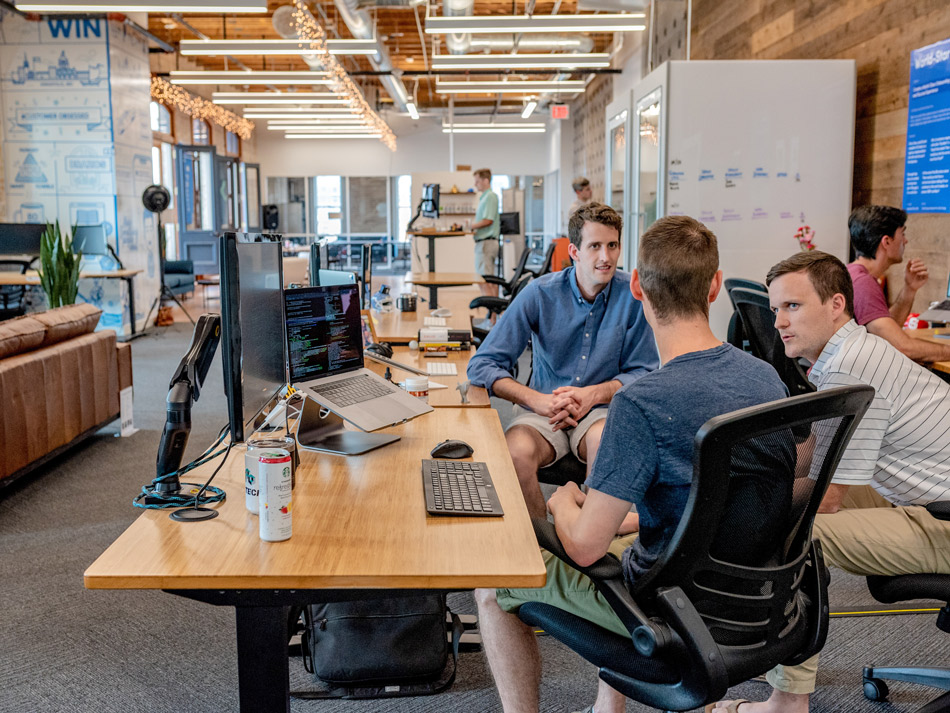There are 10,000 Boomers retiring every day, and they are taking an enormous amount of institutional knowledge with them. This has been most noticeable in the healthcare and insurance industries, but in the next decade, we’re going to feel it in every industry.
The Generational Divide
Because Boomers have worked longer and are retiring later, Gen X and Millennial employees, in many cases, have not had the opportunity to rise through the ranks as quickly. As Boomers now begin to disappear at an alarming rate, they are leaving behind very inexperienced replacements who have had much less time and opportunity to enter leadership positions. Consequently, these replacements have limited high-level work experience, creating a giant skills gap. And as these succeeding generations aren’t having kids quickly enough to create future replacements, the gap and skills shortage will continue to widen.

What does this have to do with retail?
Retailers often benefit from younger generations working in their stores. Digitally native brands inherently understand what traditional brick -and-mortar brands often fail to realize: The brand is the brand, regardless of how or where the shopper engages with the brand. While operations and other aspects are feeling the pinch on the front end of the talent pool – on the corporate side of retail – I’m seeing this painful loss of institutional knowledge on a regular basis in lease administration – and it is a costly and painful deficit.
Lease Administration Is a Negotiation Game that Requires Expertise and Finesse
As experienced lease administrators retire and take with them their considerable understanding of leases, settlement negotiations, and relationship building, their younger replacements simply are not armed with the information and knowledge needed to properly defend contracts and protect their companies. For example, in one instance affecting a national retail brand, the lease administrator retired. When the new administrator started, he immediately invested in a new system that included a lot of promised bells and whistles. They spent a ton of money on it – and promptly missed a kickout, costing them over $300,000. When we audited the system after taking over, 82% of their expiration dates were wrong.
The Case for Outsourcing Lease Administration
It’s not just the constant back and forth with ASC 842 updates or even lease negotiation; at the end of the day, outsourcing lease administration ensures that you have the best experts handling the second-largest expense item for many retailers. Relying on experts can help transform a game-changing expense item into a hidden profit center. ASG saved its clients $5 million last year.
ASG manages leases effectively, ultimately serving as a profit center for many of our clients. An investment made with us results in measurable savings – without the headache of arguing over every dollar saved, because we don’t charge an additional contingency fee on the recoveries we generate. You keep every dollar. For one client last year, that amounted to $1.1 million. We will do the heavy lifting for your implementation of ASC 842 reporting capability on our lease management platform, many times at no additional cost over the base service fee, saving you thousands in accounting consulting fees and headaches. Your experienced lease administration executives are going to retire. Now is the time to outsource that function to a highly skilled and effective organization who lives and breathes leases.







